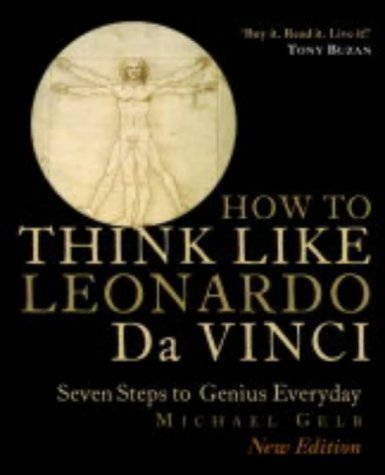
Imagine: How Creativity Works
Book Description
Creativity is not a mystical force; it's a science waiting to be unearthed. Jonah Lehrer takes you on an exhilarating journey through the inner workings of the mind, uncovering how ideas ignite and flourish. From the spontaneous bursts of inspiration to the intricate dance of collaboration, every page reveals the secrets that fuel innovation and artistry. With vivid examples and groundbreaking insights, the book challenges conventional thinking and illuminates the powerful connection between creativity and intelligence. What if tapping into your imaginative potential could change the world?
Quick Book Summary
"Imagine: How Creativity Works" by Jonah Lehrer is a fascinating exploration of the mechanisms and science behind human creativity. Lehrer dismantles the myth that creativity is an enigmatic or exclusive trait, revealing it as a process that can be studied, understood, and cultivated. Drawing on research from neuroscience, psychology, and case studies across art and business, Lehrer details both the spark of individual inspiration and the collaborative forces that shape innovation. Through examples ranging from Bob Dylan’s songwriting to the development of Post-It notes, the book highlights the unpredictable and often counterintuitive nature of creative breakthroughs. Ultimately, Lehrer argues that creativity is within everyone’s reach when we understand the conditions that foster it, making a compelling case for embracing daydreaming, diversity, and even failure as essential components in the creative process.
Summary of Key Ideas
Table of Contents
The Neuroscience of Insight and Inspiration
Lehrer begins by delving into the science behind those 'eureka' moments, explaining that creativity often hinges on what scientists call insights. He recounts neurological experiments revealing that sudden solutions occur when the brain is in a relaxed state, allowing unconscious connections and ideas to bubble to the surface. This undermines the belief in forced, labor-intensive creativity, instead suggesting that stepping away from direct problem-solving can yield more innovative results.
The Importance of Daydreaming and Relaxation
The book also emphasizes the value of daydreaming and relaxation. Lehrer shows that periods of rest and idle thought foster the mental flexibility required for creative leaps. He examines research indicating that alpha waves in the brain intensify during daydreaming, leading to seemingly spontaneous ideas. Rather than dismissing mind-wandering as unproductive, Lehrer encourages cultivating space for it in both personal habits and organizational culture, enabling latent creativity to emerge.
Creativity Through Collaboration and Diversity
Collaboration and diversity play a significant role in creative achievement, as Lehrer charts examples from both the arts and corporate innovation. He illustrates how heterogenous teams with eclectic backgrounds ignite more breakthroughs by challenging existing perspectives. The evolution of creative hubs like Pixar or urban centers is attributed to the mixing of talents and opinions, showing that creativity flourishes when individuals interact and share insights, revealing that collective intelligence often surpasses isolated genius.
Harnessing Failure and Iteration
Failure, often stigmatized, is reframed as a critical driver of the creative process. Lehrer narrates stories of iconic inventions and artistic masterpieces born from repeated setbacks and rejections. By iterating and learning from mistakes, creators refine their ideas and prime the mind for subsequent revelations. This section argues that resilience and the willingness to embrace risk are inseparable from the path to meaningful innovation.
Environment and Cultural Influence on Creativity
Lastly, Lehrer examines environmental and cultural factors shaping creativity. Settings rich in stimuli, open communication, and supportive norms encourage imaginative thinking. Urban environments, for example, become crucibles for invention due to density and diversity, while companies like 3M leverage open labs and flexible spaces to spur serendipity. The book concludes by suggesting that anyone can amplify their creative potential by consciously shaping their surroundings and fostering a culture of curiosity, experimentation, and openness.
Download This Summary
Get a free PDF of this summary instantly — no email required.





